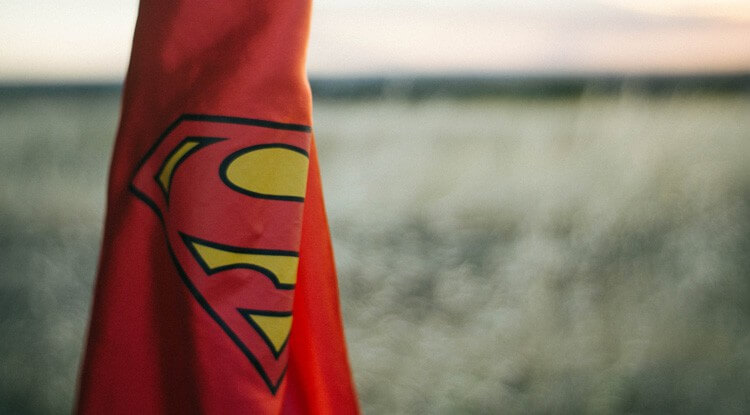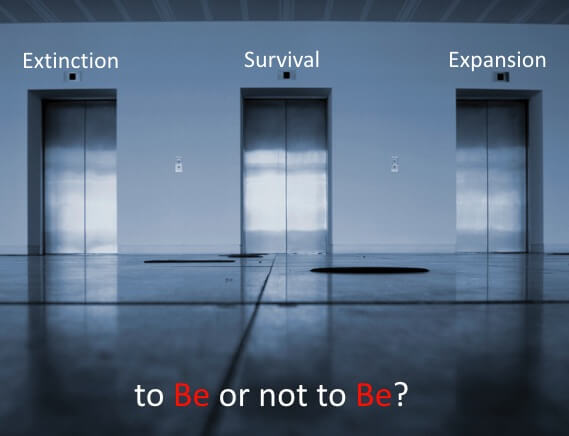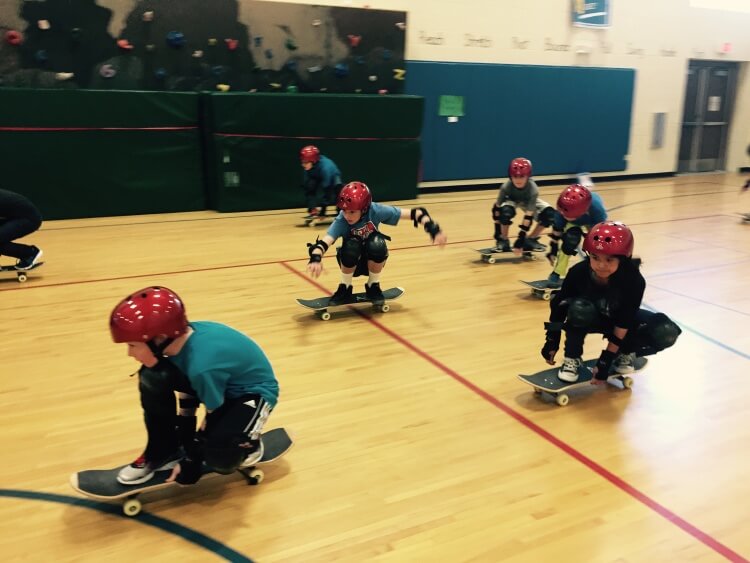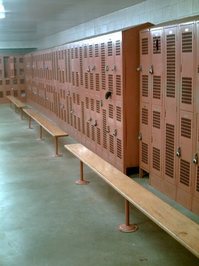What would the perfect physical education teacher do? Have you ever asked yourself this question? Who do you picture when you think of the perfect teacher? Perhaps like me, you picture someone made up of a combination of all the great teachers you’ve ever met, all wrapped up into one incredible superhero package?

Years ago, I fleetingly believed I was on top of the teaching game, perhaps even on my way toward superhero status, until I humbly learned the benchmark I was measuring myself against was outdated and missing major components. My students liked me and they loved physical education, I had very few discipline issues, and when they joined other elementary school students in middle school they showed themselves to be competent athletes. All these factors led me to believe I was doing an outstanding job. What burst my bubble? What brought me to my current realization that I will never “arrive” and will always have room for improvement?
My first ah-ha moment came when I started National Board Certification. As I began studying the teaching standards and planning how I would demonstrate competency in each standard, I realized that a quality physical education program consisted of much more than I was doing. This launched a major reflecting and growing process. I hadn’t understood how high the bar was set. I was astonished that teachers were actually capable of not just accomplishing but mastering each of the standards.



